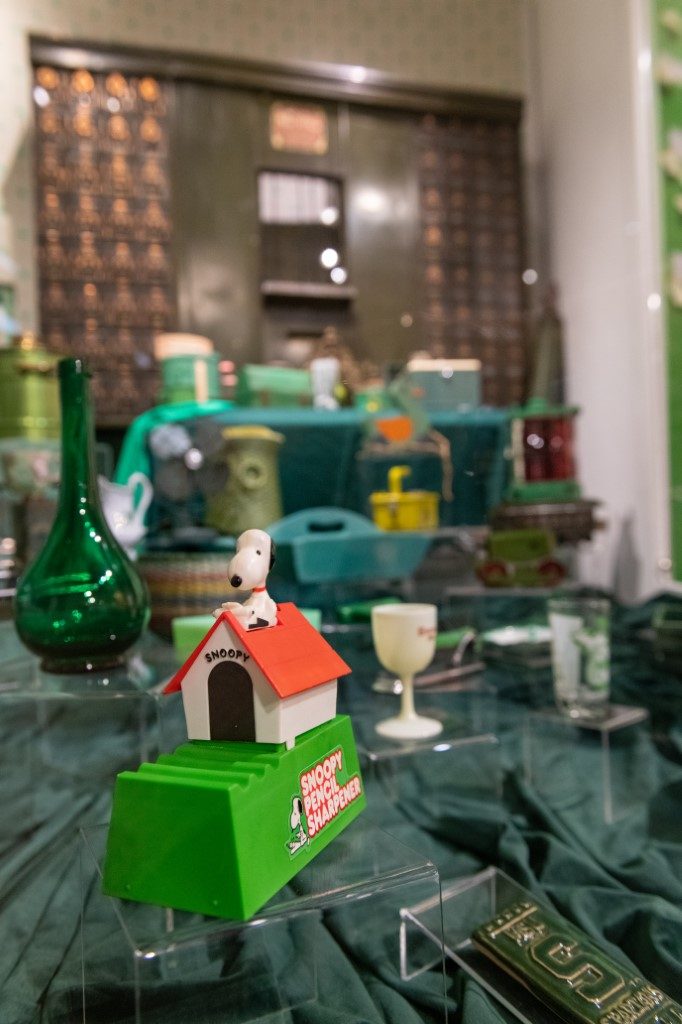In the first post on how to care for your photograph collection, we reviewed the various types of photography; in the second post we discussed how to preserve the photos in your collection. Today, in the final installment of this series, we’ll talk about what you should keep.
Part of caring for your photograph collection is deciding what to keep. I’ve said this before and I’ll say it again, the default answer isn’t “everything!” Reviewing a collection to determine what items have value for you, a process referred to as “appraisal” in the Archives world, can be tough. However, at the end of the process you will have a smaller collection that will be organized and easier to maintain. And most of all, this collection will hold material you really value.
Narrow it down
In the appraisal process the time will come for you to “weed” the collection. Sure, the term “weeding” feels a little crass. However, you will be able to take care of a smaller collection than a larger one. Appraisal is tricky because there is no official “right” and “wrong” way to appraise your collection. It is largely subjective, and you get to clearly define what you value before you start the process. Ask yourself the following questions:
- Why are photographs important to me? Are photographs important to you because they show people? Perhaps, they are important to you because they show a place or community. This definition is up to you, but create it before you start and use it as your guiding principle.
- What am I trying to document through these photographs? Are you trying to leave a record of your family for future generations? Or maybe you simply want a record of your life. Having an idea of what your end goal for your collection is will help you determine what to keep and what to let go.
- If someone was looking at my collection 50 years from now, what would I want them to learn? Do you want to show what daily life was like in your home, family and community? Or do you want them to know about major life milestones like weddings, vacations? Like the first two questions, this one will help you narrow down your appraisal criteria.
Determine value
Once you have answered all three questions, use your answers to develop your definition of value. Then you are ready to review the collection and separate items into two piles: material that meets your definition of value, and material that does not. Keep those that have value to you and give or throw away those that do not.
Another principle of “weeding” is to remove any duplicates. I would expand this to include similar shots. You don’t need both. Send the duplicate to a family member who might appreciate it.
When thinking about duplicate images, you may find yourself wondering which one it the “original” copy. That’s a bit of a trick question, because neither print is the original image. The original image is the film negative from which the print was made.
Keep the negatives
It might be tempting to throw away negatives. The negatives seem completely unnecessary. You can’t easily see them. They are small. They are not identified. I’m guilty of this myself. Back before I studied Archival theory and practice, I would take my film roll to the local drug store, wait the 1 to 2 weeks for development, get my folder of prints and negatives, and promptly throw away the negatives.
However, out of everything in your photograph collection, the negatives should be the most prized because they are also the original format. You could lose, toss or give away all your prints as long as you still have the negatives. New prints can be made from them. In fact, it may be possible make better prints than the ones you have in hand with the original negatives. So, keep the negatives!
Document the stories
Once you have completed the appraisal process, you should have a much smaller collection of photographs, which will make the next step easier. The last thing you want to do is take the time to describe items in your collection. This will help preserve your collection for others to understand and enjoy in the future. I would not recommend writing long descriptions on the backs of photographs. Instead, mark the photographs with a unique number. Describe the image another place (paper, spreadsheet, etc) and tie that back to the unique number.
This concludes our three-part series on how to take care of photographs! We’ve provided just the basics of photograph care, but there are plenty of resources out there for learning more. A list of websites and books are below if you would like to know more.
Learn more
- National Archives. “How to Preserve Family Papers and Photographs,” August 15, 2016,https://www.archives.gov/preservation/family-archives.
- National Film and Sound Archive of Australia. “Caring for Photographs,”https://www.nfsa.gov.au/preservation/guide/home/caring-photographs.
- Museums Galleries Scotland. “Caring for Photographic Collections,”https://www.museumsgalleriesscotland.org.uk/advice/collections/caring-for-photographic-collections/.
- Taylor, Maureen A. More dating old photographs, 1840 – 1929. Niagara Falls, NY: Family Chronicle, 2004.
- Taylor, Maureen A. Preserving your family photographs: How to care for you family photographs – from daguerreotypes to digital imaging. Lexington, KY: Picture Perfect Press, 2010.
- Taylor. Maureen A. Uncovering your ancestry through family photographs. Cincinnati, OH: Family Tree Books, 2005.


